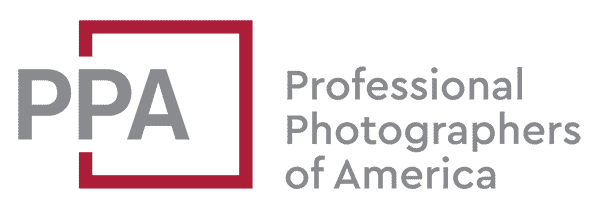Like other lens manufacturers, Tamron uses codes in the names of their lenses to identify key features and technologies of the lens.
Once you know how to read them, they can be very useful as a shorthand way to quickly categorize a particular lens. But the codes can also be confusing.
So here’s a breakdown of the codes Tamron uses in naming their lenses. I’ve grouped them by the type of information they convey.
Tamron Lens Codes for Mount Types
Codes in this category help identify which lenses are compatible with which types of cameras. As a third-party, aftermarket manufacturer, Tamron makes lenses for mounts by different brands.
- Tamron Canon EF – Lenses designed for Canon EF and EF-S mount cameras.
- Tamron Nikon F – Lenses designed for Nikon F-mount cameras.
- Tamron Sony A – Lenses designed for Sony A-mount DSLR cameras.
- Tamron Sony E – Lenses designed for Sony E-mount mirrorless cameras.
- Tamron Fujifilm X – Lenses designed for Fujifilm X-mount mirrorless cameras.
Tamron Lens Codes for Lens Categories
- Di – Digitally Integrated lenses designed for full-frame (35mm) sensor cameras, similar to Nikon’s FX and Canon’s EF lenses. Di lenses can be used on both full-frame and crop-sensor cameras.
- Di II – Lenses designed specifically for APS-C sensor cameras, similar to Nikon’s DX and Canon’s EF-S lenses. Di II lenses are not recommended for full-frame cameras as they produce a smaller image circle.
- Di III – Lenses designed specifically for mirrorless cameras, such as Sony E-mount and Fujifilm X-mount cameras.
Tamron Codes for Lens Series
- SP – Super Performance, Tamron’s high-quality lenses aimed at professionals and enthusiasts, offering high-level optical performance and build quality.
Tamron Lens Codes for Autofocus Motors & Optical Technologies
Some lenses feature notable technology that the designers (and marketers) consider worth highlighting in the name of the lens and may well influence a buyer’s decision (and the price). An important example is newer lenses that feature lens optical stabilization.
- USD – Ultrasonic Silent Drive, Tamron’s high-performance autofocus motor technology that provides fast, accurate, and quiet autofocus.
- PZD – Piezo Drive, Tamron’s autofocus motor technology using piezoelectric elements for fast and quiet focusing, suitable for both still photography and video recording.
- VC – Vibration Compensation, Tamron’s in-lens image stabilization system, similar to Nikon’s VR, Canon’s IS, and Sigma’s OS. It helps to reduce camera shake and enables sharper images at slower shutter speeds.
- LD – Low Dispersion, a type of optical glass used in Tamron lenses to reduce chromatic aberrations and improve overall image quality.
- XR – Extra Refractive Index Glass, a type of optical glass that Tamron uses to reduce the overall size and weight of the lens without compromising image quality.
- IF – Internal Focusing, a lens design that allows the lens to focus without changing its physical length or rotating its front element.
Tamron Lens Codes for Optical Lens Coatings
- BBAR – Broad-Band Anti-Reflection, Tamron’s lens coating technology used to reduce lens flare, ghosting, and improve color accuracy and contrast.
- eBAND – Extended Bandwidth & Angular-Dependency, a lens coating technology that further reduces ghosting and flare, particularly from bright light sources.
Related
More to Check Out
If you enjoyed this, these might also be of interest:




